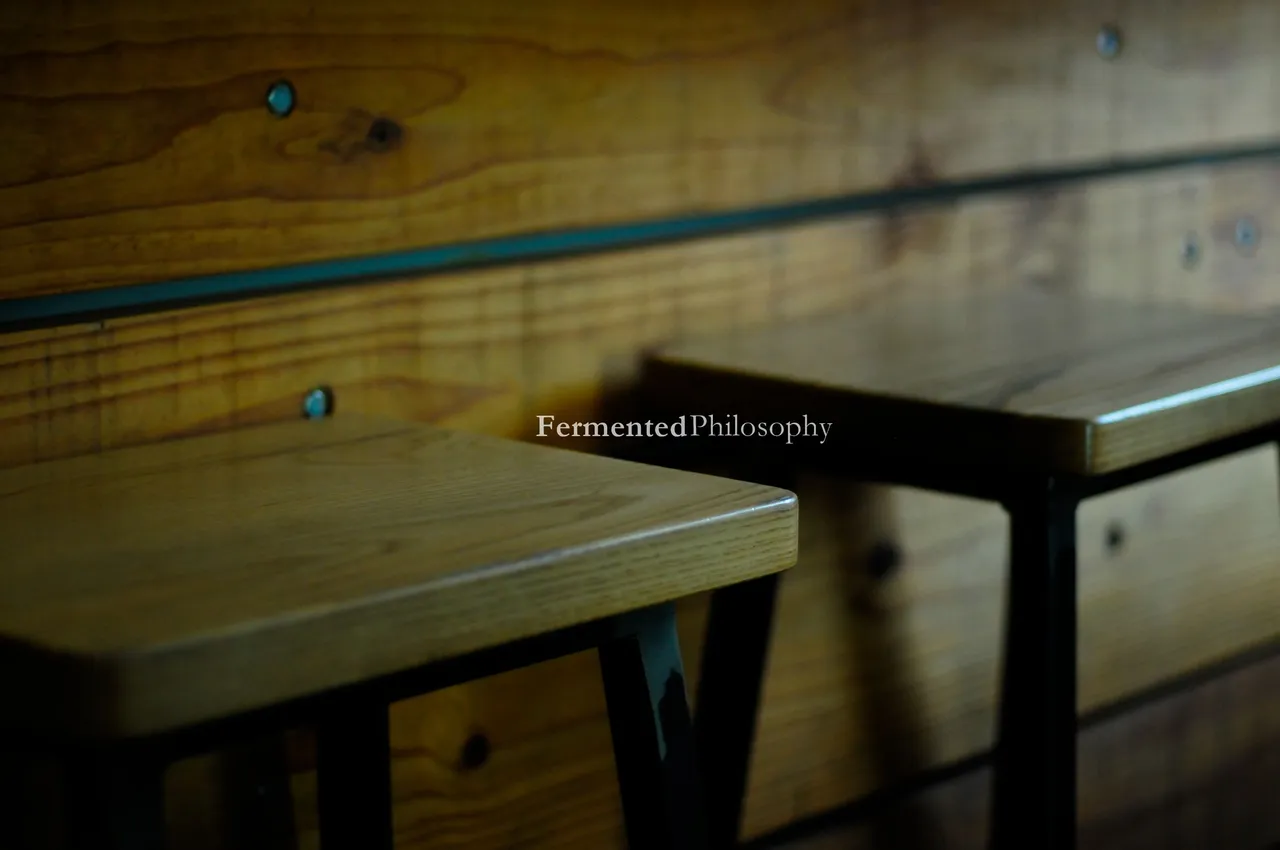
When does art cease to be art and become insignificant junk?
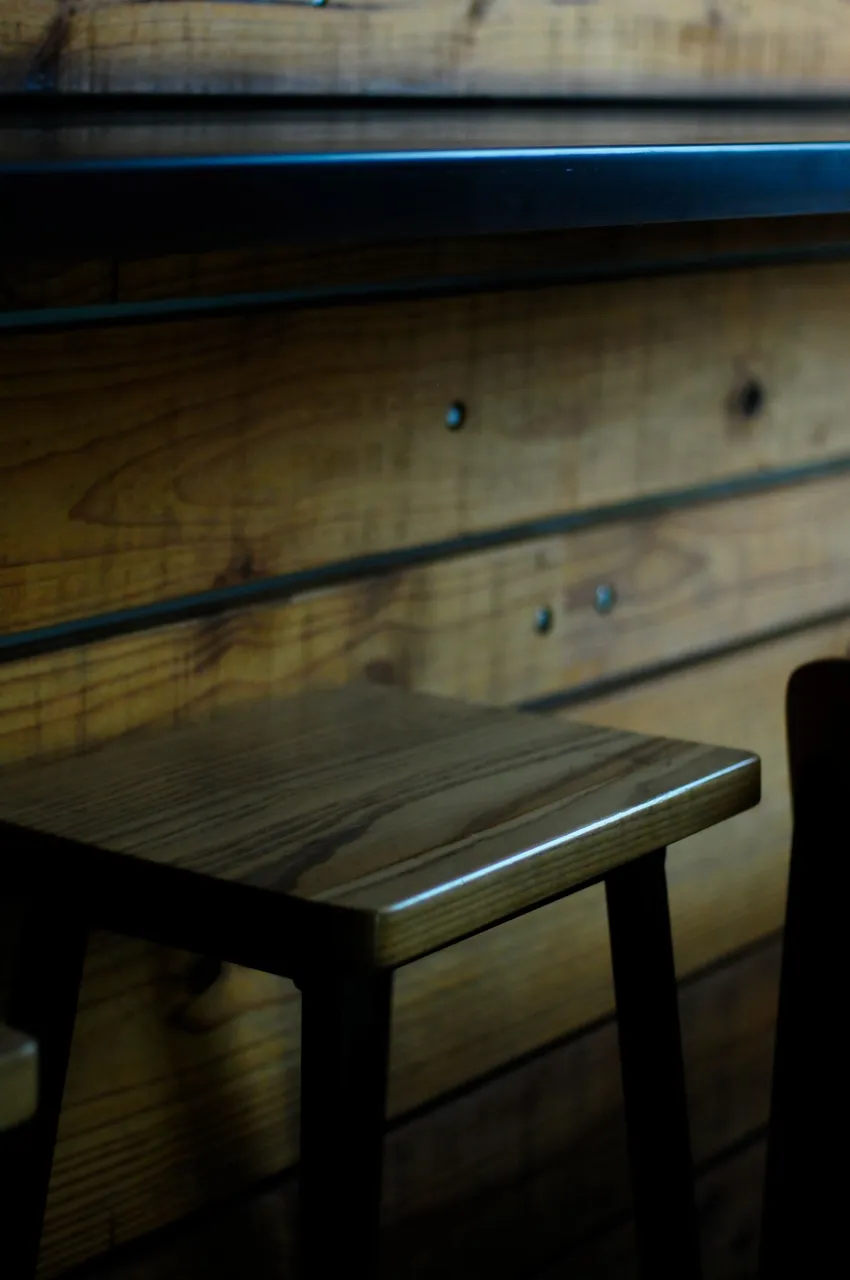
Everything can be art, is a common sentiment around artsy people. One can easily find evidence of this; from people leaving their shoes in art galleries attracting hordes of people contemplating the supposed artwork, to artwork so close to the border of becoming "non-art" that few artsy people even want to add it to the category of art.
And this leads to an interesting question, one asked countless times, one with an infinite amount of answers already presented, but what is art? What is "photography" - the artistic side of photography? What is philosophy?
These questions have been asked countless times, yet we do not have a significant answer beyond the standard insufficient one of "Depends on who you ask..."
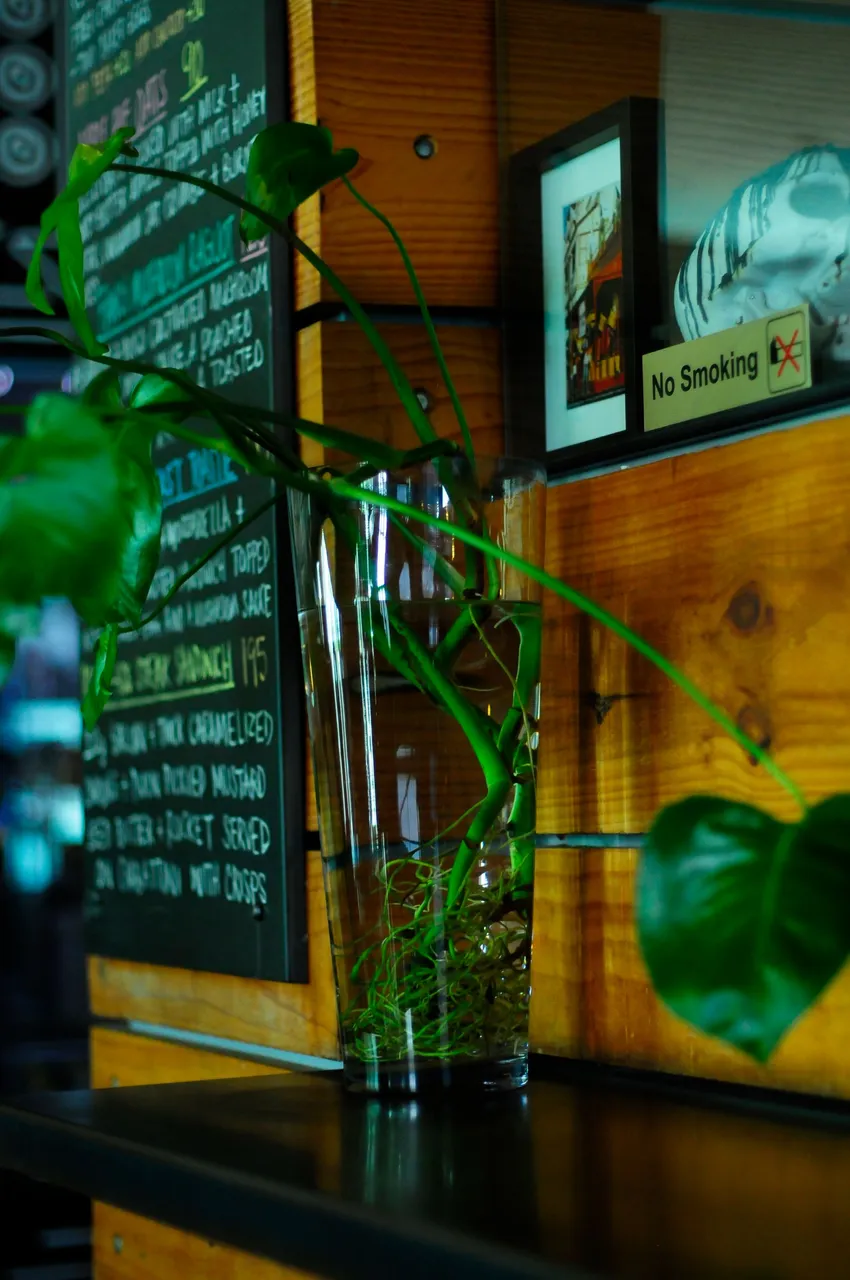
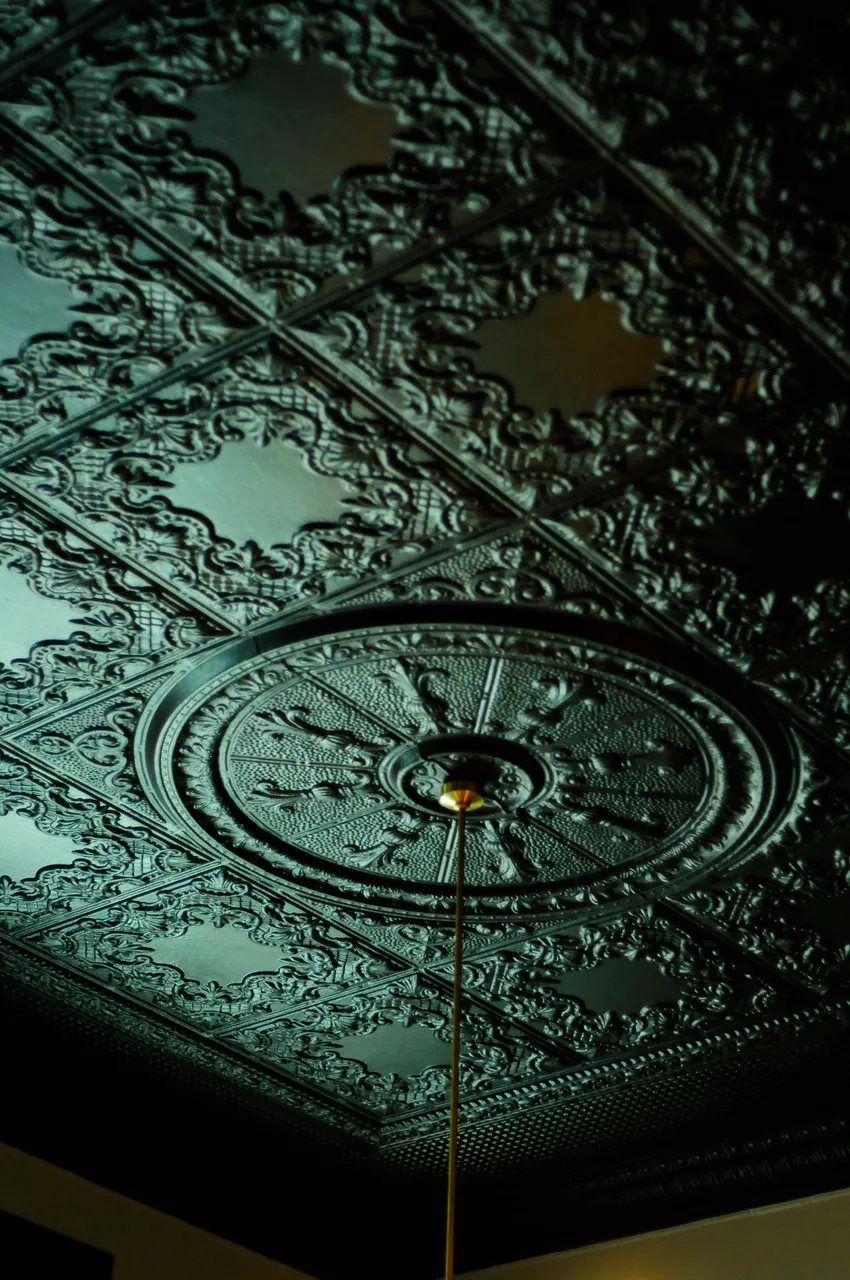
When I am forced to answer these questions — what is art? what is philosophy? — I always revert back to this lacklustre answer; there are as many accounts of X as there are authors/philosophers. While this will always be a technical truth, it does not sound like a sufficient answer. Art and philosophy and photography (the art type) cannot be reduced to the voice of their authors. The ancient philosophers, in a totally different context though but just as applicable, said that you cannot go to the theoretician to ask what carpentry is, you go to the carpenter to find out what carpentry is. This implies that the person actualising the practice — carpentry, art, philosophy, photography — would know more and would be the right person to ask the question.
But this is where you begin to run into the very problem I mentioned; there are as many conceptions of the practice as there are practitioners of the practice.

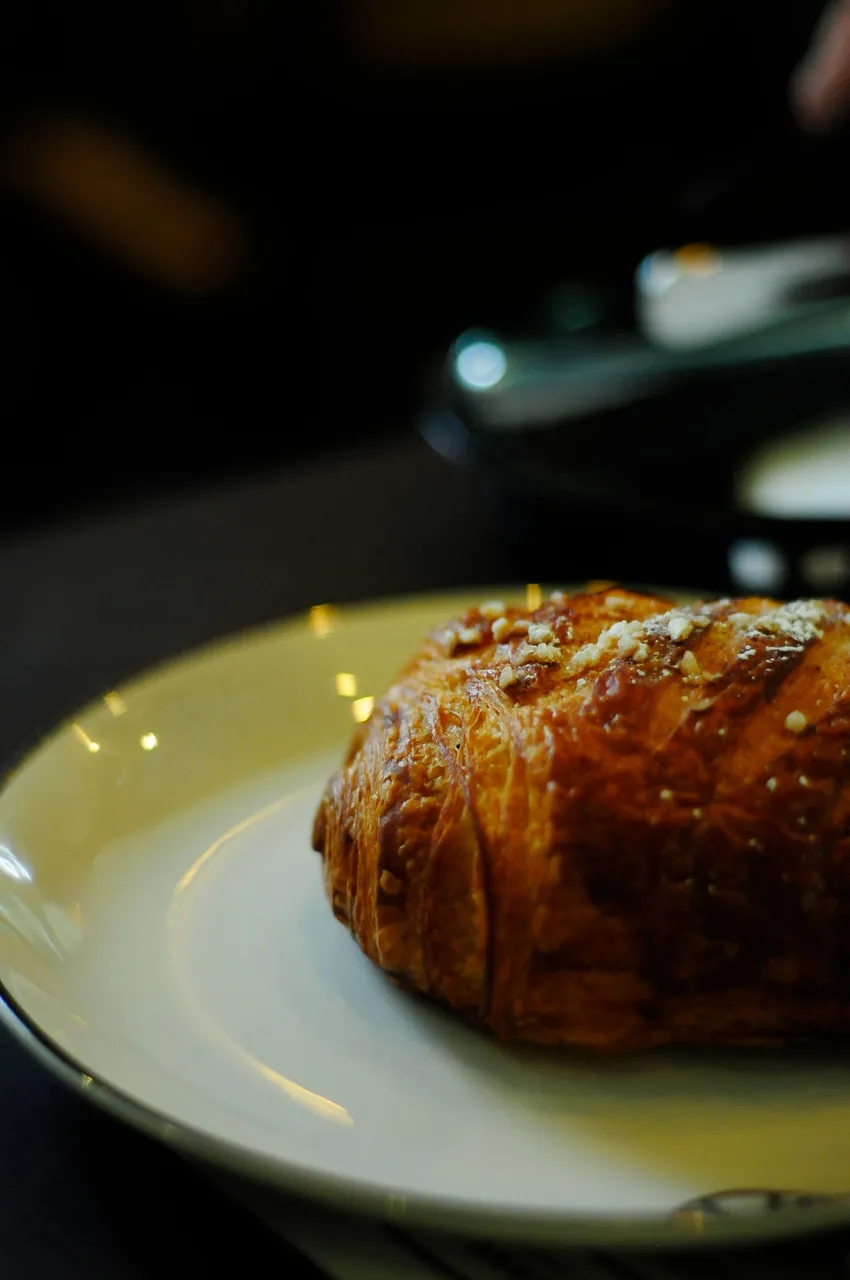
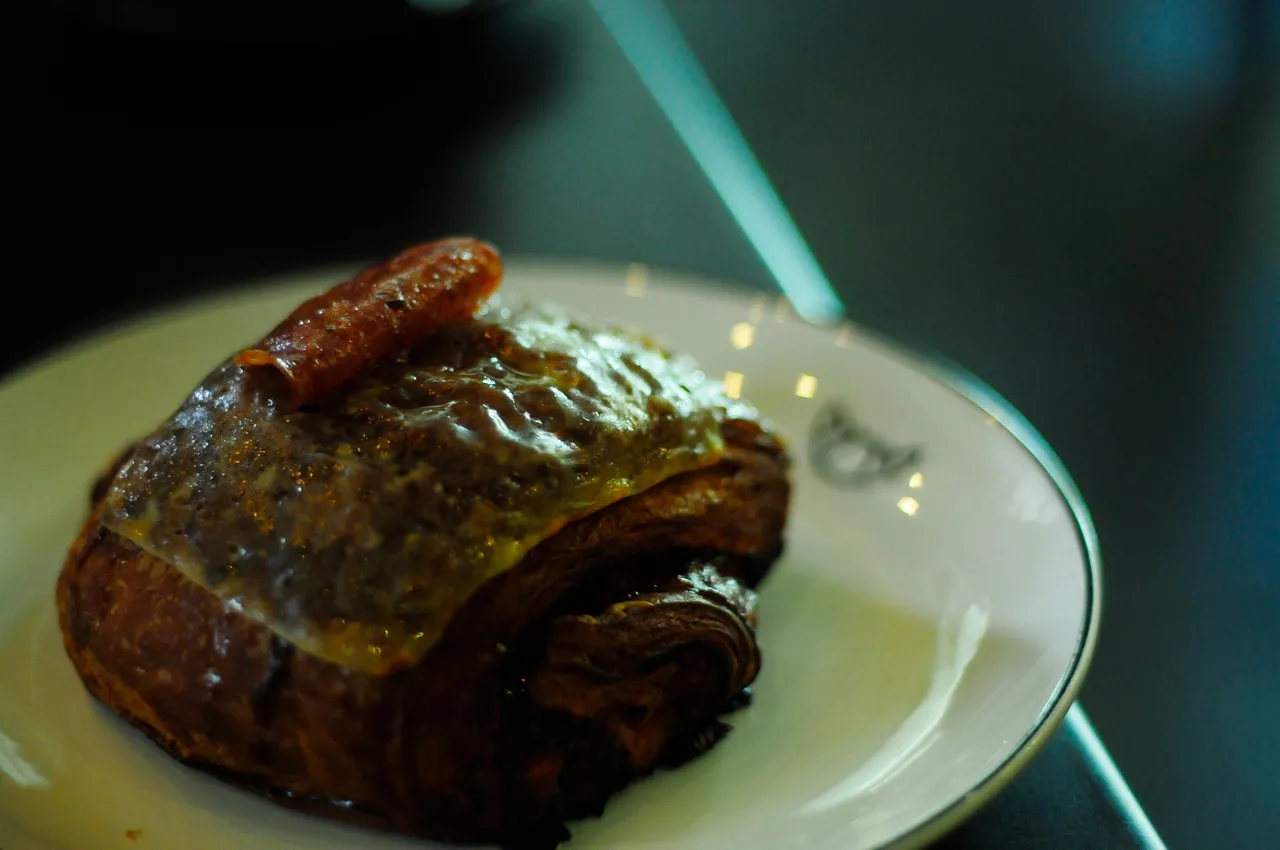
This is a real problem that needs serious contemplation, because if this is the case — that everything can essentially be art, philosophy, photography — drawing a line between what is good and bad art becomes incredibly complex and problematic.
How do we draw the line between what is acceptable and unacceptable? And yes, one might here begin to enter the grey area of morality and ethics. But how can one distinguish between what is good and bad art without some form of moral standard? Let me explain.
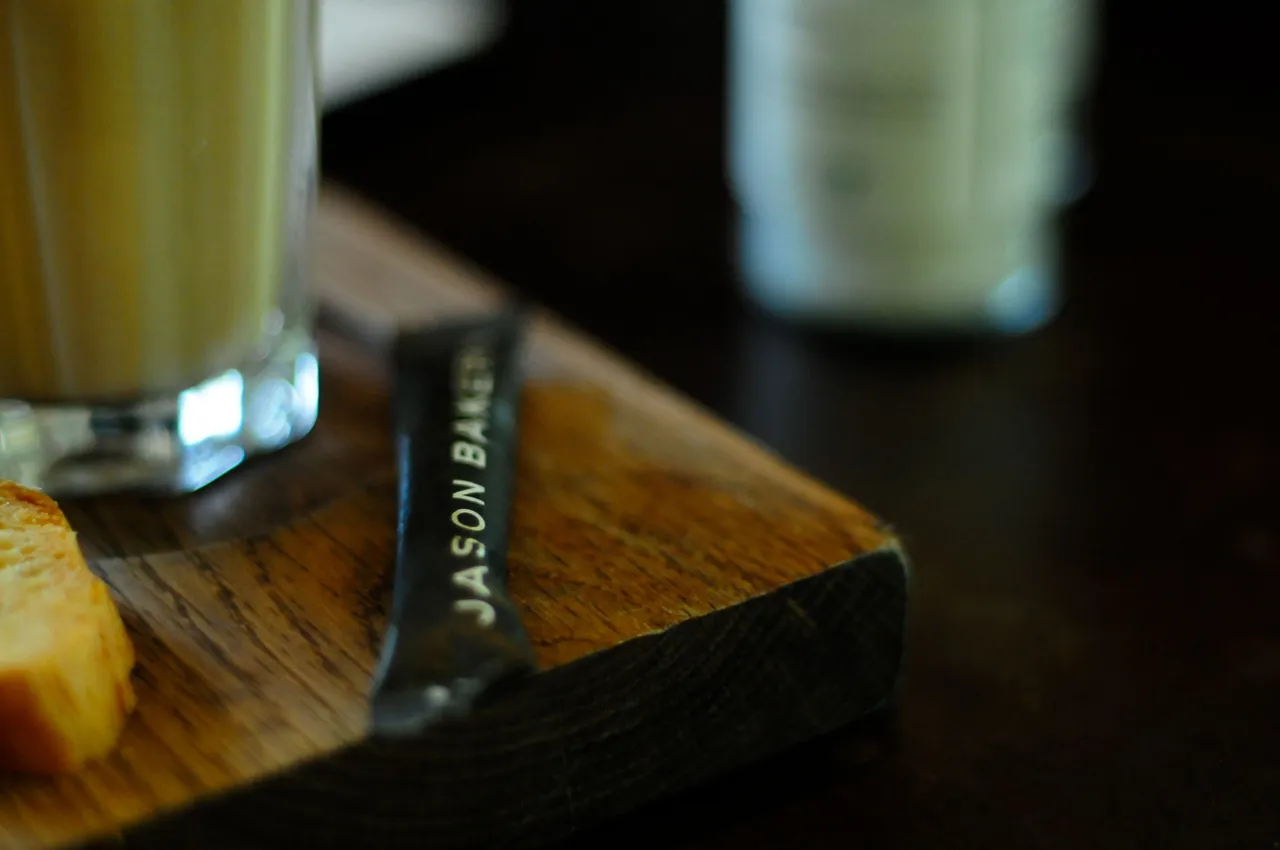
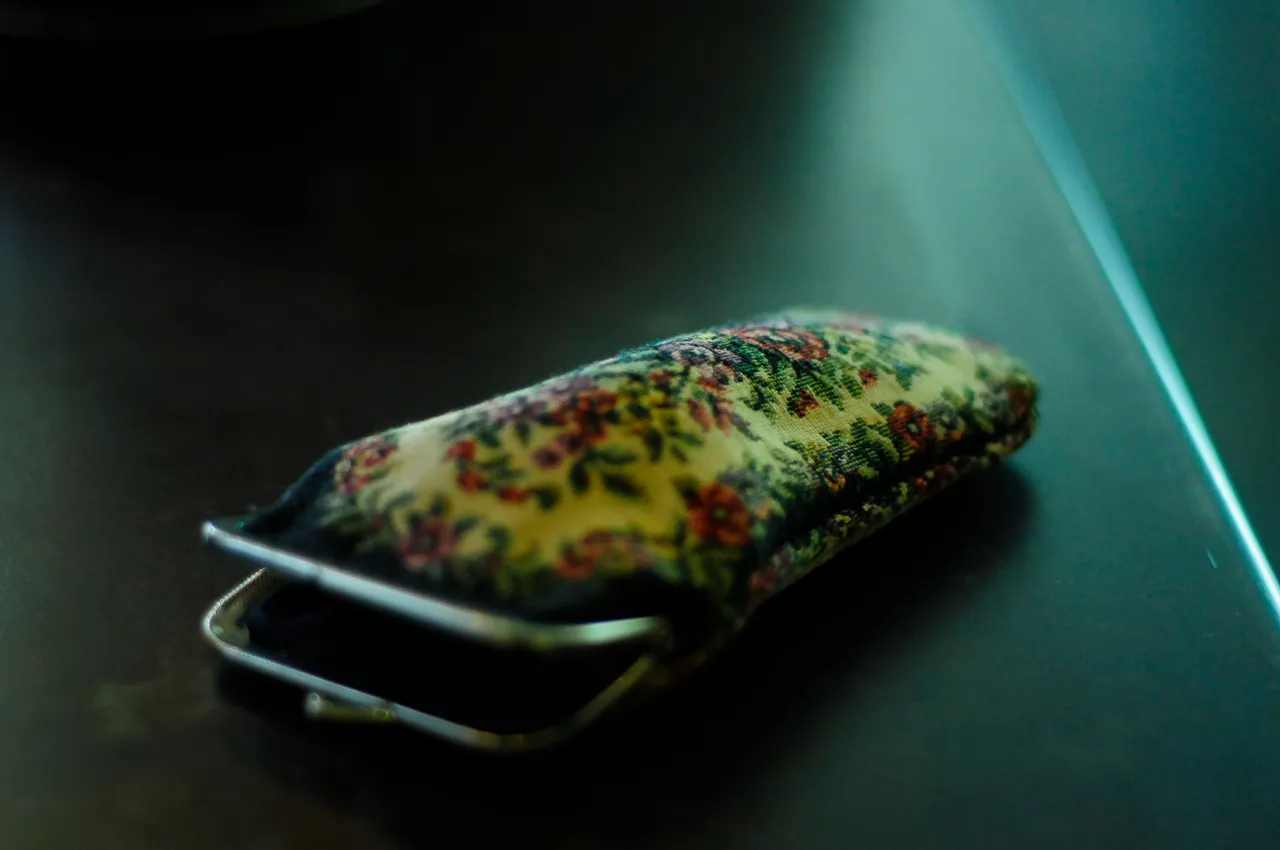
Artists have always pushed the boundaries of what constitutes art (not good art per se but just the border of what separates art from non-art). Take, for example, the "Mona Lisa" painting by da Vinci juxtaposed against Chris Burden’s “Shoot” and “Trans-Fixed”. Both fall underneath the broad category of Art, albeit different genres; one portrait painting from a different era, one performance art. Both carry the label art in them. But the one most people immediately “judge” as art the other people have a “moral” rejection to placing it under the label art or anything serious though. There is an incredible moral judgment going on here; why is getting shot or getting nailed to the roof of a car, not art but the Mona Lisa is?
One might label this as our first real definition of what constitutes art. But this is a funny definition, because it states that the thing we are trying to define is pushing the boundaries of what it is not. Insignificant examples of this definition do not seem harmful at all. Getting shot at as performance art seems to be harmful to some degree, but a tower of buckets filled with sand falling down in an art gallery in front of a couple of people is not dangerous at all. And by me placing packs of sugar on the table or putting a glass case playing with the shadows of natural light and taking a photograph of them and calling it “art” is by no means harming anyone.
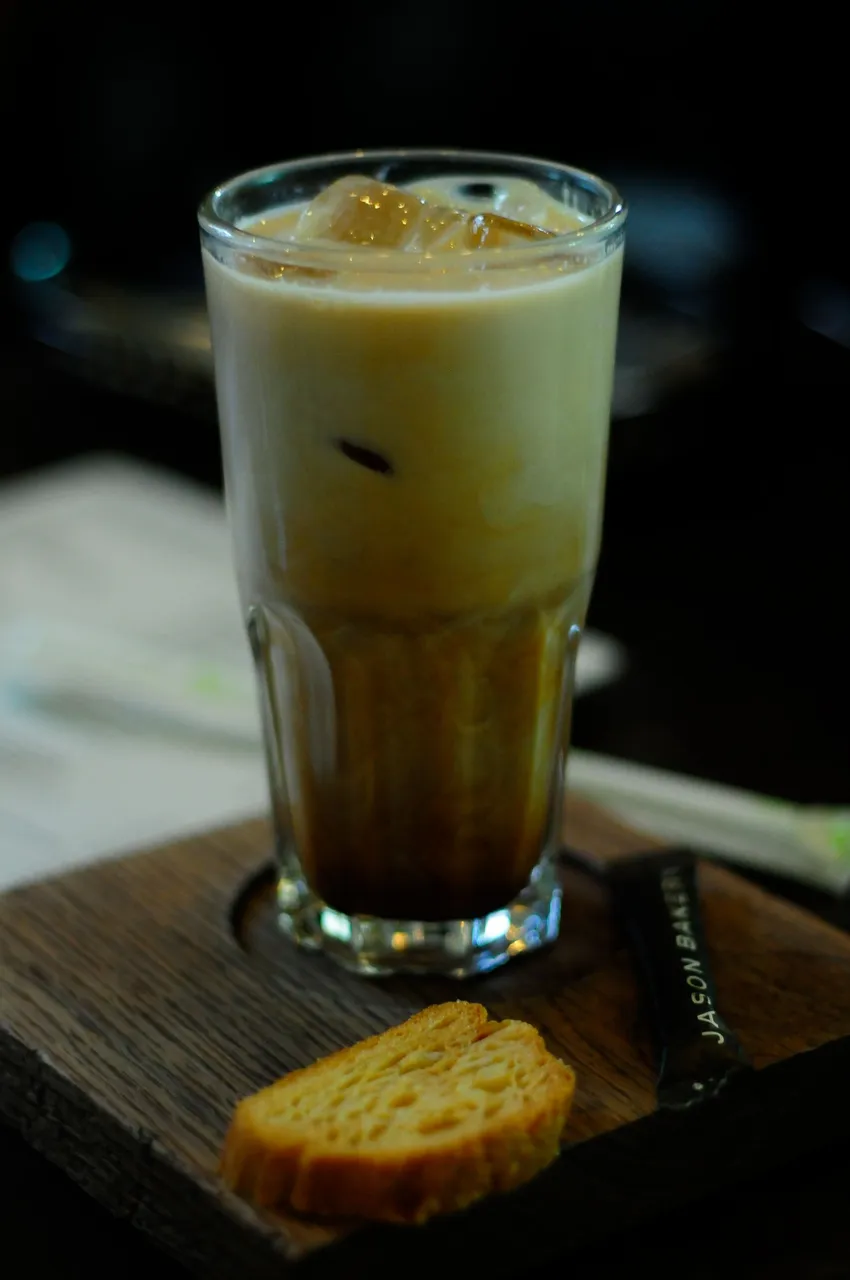
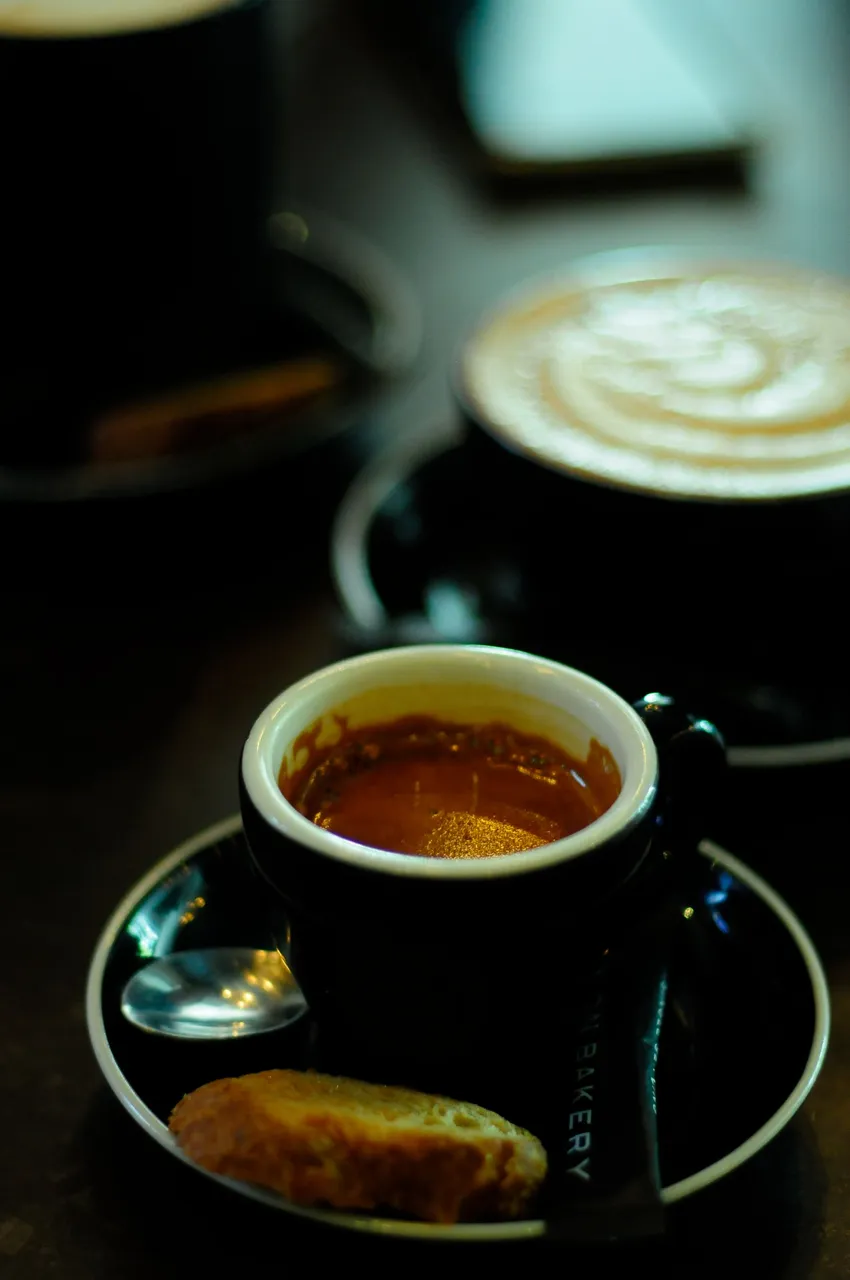
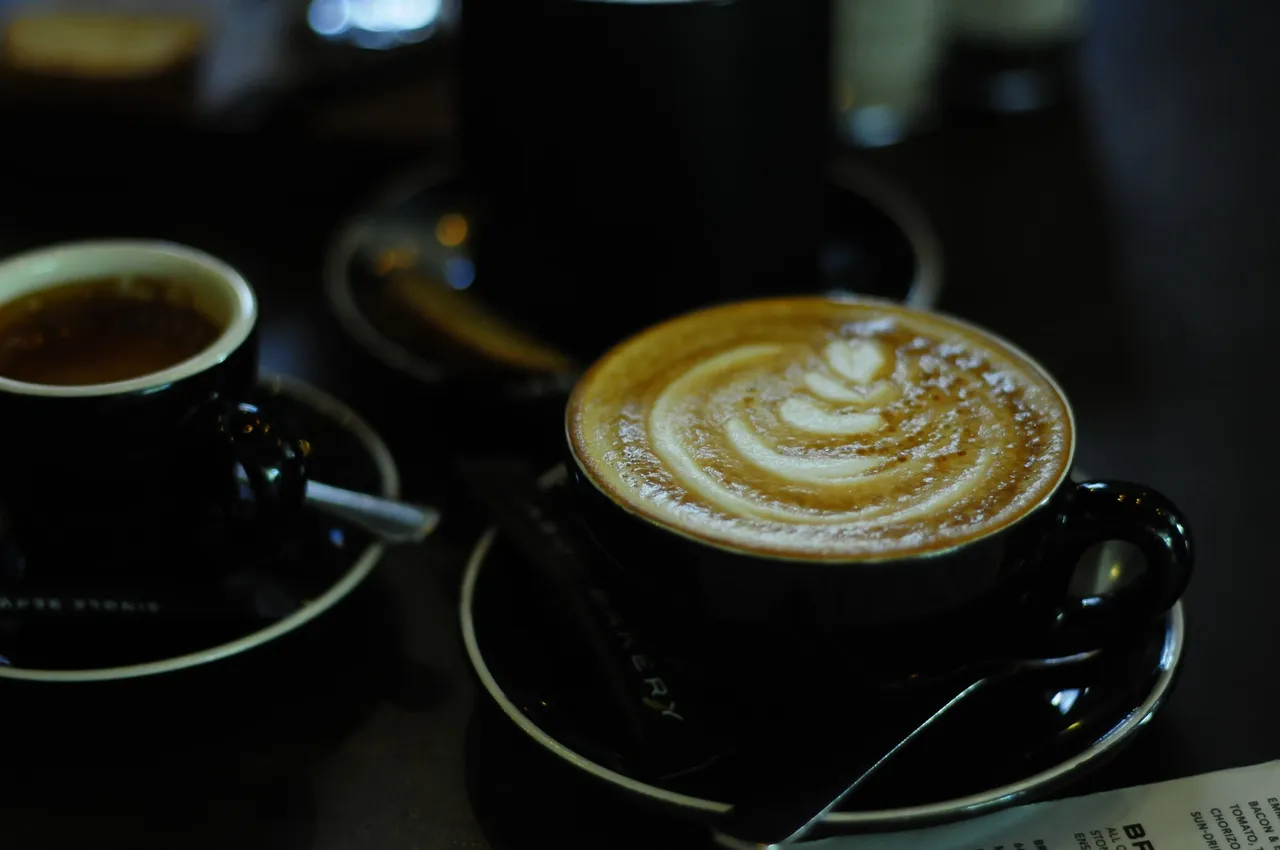
But what happens when morality is taken out of the equation, and suppressed? It is easy to find questionable “art” made by those who are self-proclaimed artists who push even the furthest boundaries in an effort to subdue their work.
Let us not dwell on the immoral and indecent. I want to focus on the insignificant. Can the insignificant still be called art? Can the insignificant packets of sugar really be art? Can it be art photography? Can we philosophise about the insignificance of its existence in the greater scheme of things and still see something profound in its existence on the table?
The surreal artist René Magritte in his Ceci n'est pas une pipe provides us with a kind of insight into the (in-)significance of the everyday object. This is not a pipe, this is not sugar... By stating this phrase, we are immediately asked to contemplate something. It is an invitation to reflect, to take the object seriously. It is not necessarily art (philosophy, photography) as such, but it begins to lay the foundation toward it becoming art. But most importantly, it does not challenge our morality as such, it is within the framework of our moral values, and it does not push the boundaries of what art is alongside our moral values.
We might rephrase our earlier definition:
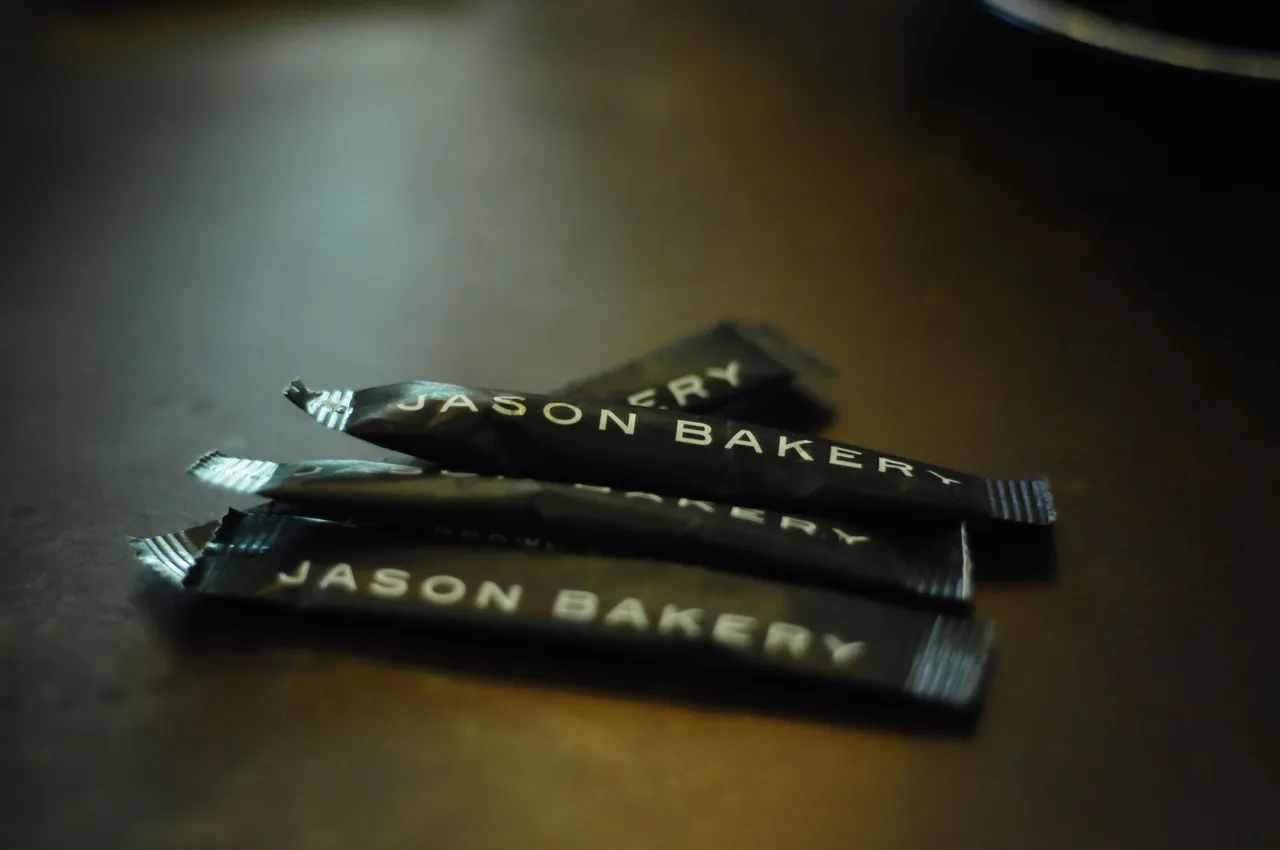
Are we then content with calling a non-pipe and non-sugar art and getting shot at or crucified to a car as non-art? It seems funny at least to draw boundaries in this way, as both seem to fall outside of the popular belief of what art is. Few if any would intuitively call my "this is not sugar" (above) art photography, and fewer still will call it art, and none whatsoever would use this image as inspiration for philosophising. But how is this different from the Magritte painting? And if we subtract morality from the equation, how is it different from Burden's "Trans-Fixed"? All of these instances push the boundaries of what art is, all of them ask us — invite us so to speak — to contemplate and reflect, either about their appearance (what they present) or their conceptuality (what they mean, what they are trying to convey).
Devoid of morality, Magritte, Burden, and my work fall under the "insignificant" category, it does not portray something "so-called" beautiful (think Mona Lisa) or something lasting (think a beautiful landscape). But it tries to do something, it is not mere noise in the void (or is it?). Magritte and Burden usually fall under surrealism and performance art respectively, but one might also radically alter their position and call their work conceptual art. (This is a radically anachronistic reading of their work and by no mean standard.)
I say they belong to conceptual art because, in essence, they question the boundaries of what was considered art in the period they produced their work. Mona Lisa was, if I am correct, a commissioned portrait of someone important. It by no means challenges the idea of art; instead, it conforms to it, the status quo, what the majority wanted. This is not a pipe, trans-fixed, shoot, this is not sugar, all of these works lie at the edge or periphery of what is considered art (albeit one with some moral distaste).
So what then is art (photography, philosophy)? If one is pushed for an answer, one might come to the following idea:
Is this sensible? In this definition of what art is, we exclude the Mona Lisa because it conforms to the status quo, and we enter under the rubric of what art is my "this is not sugar" (above). And by providing this definition or understanding of art, I am also merely adding to the pile of equally insignificant understandings of what art (photography, philosophy) is...
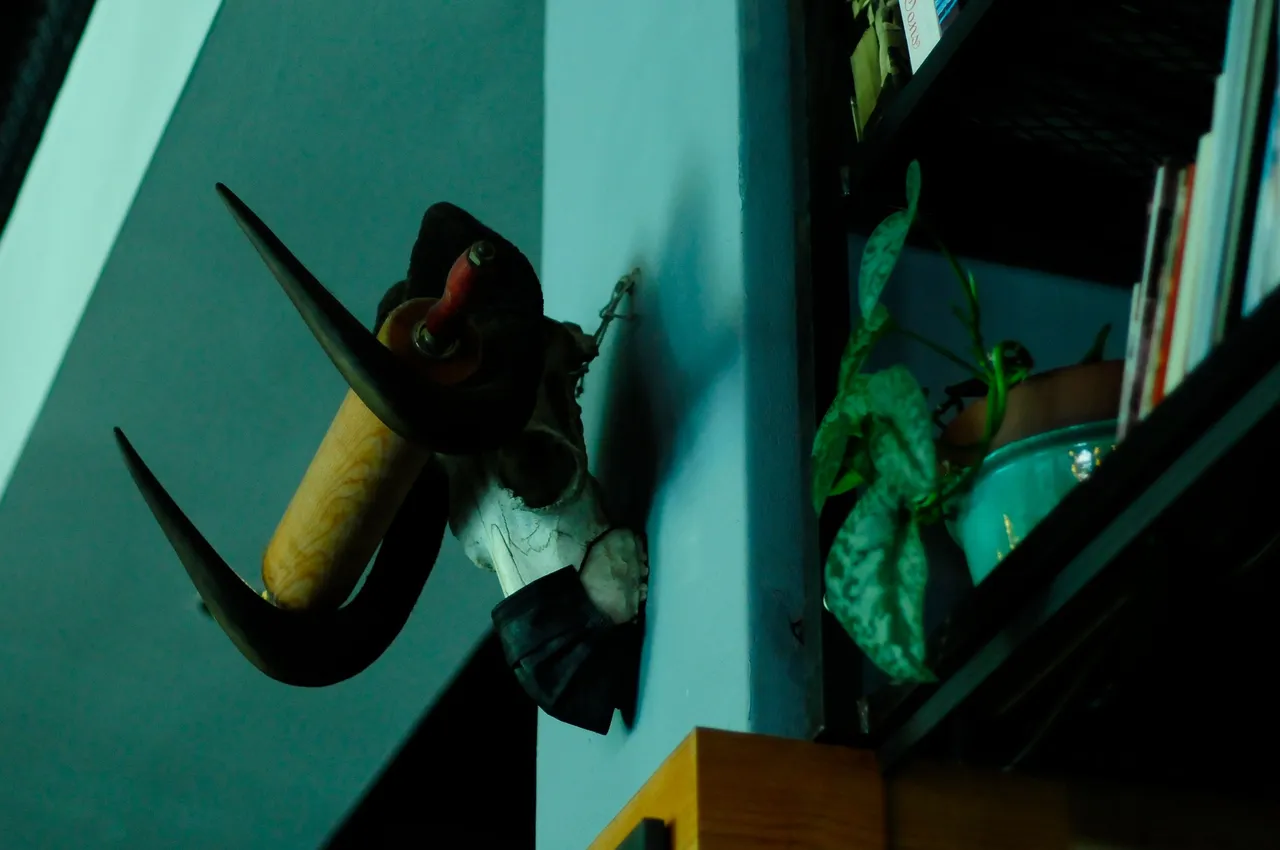
In the end, we are still left with the question, "What is art?".
Let us think about it...
For now, happy photographing and keep well.
All of the musings and reflections are my own, albeit inspired by the strange art (hyperlinked) and my own strange photographs of insignificant things. The photographs are my own, taken with my Nikon D300 and 50mm Nikkor lens.